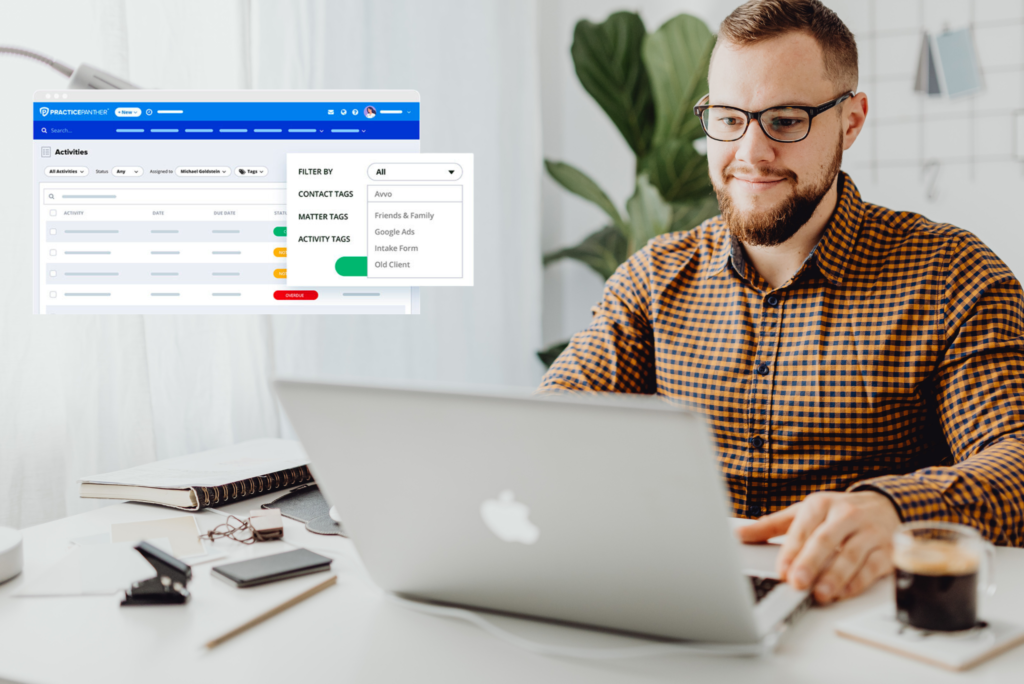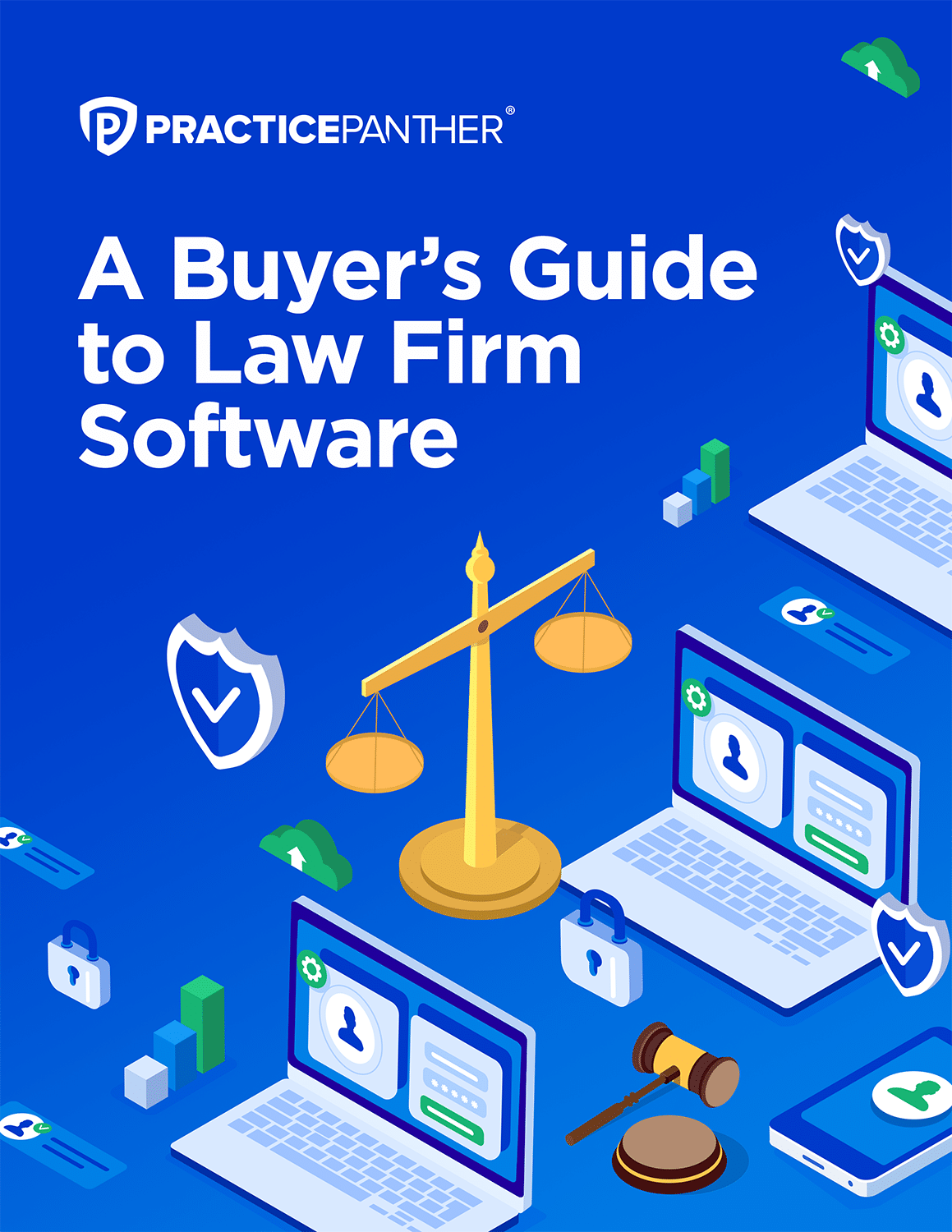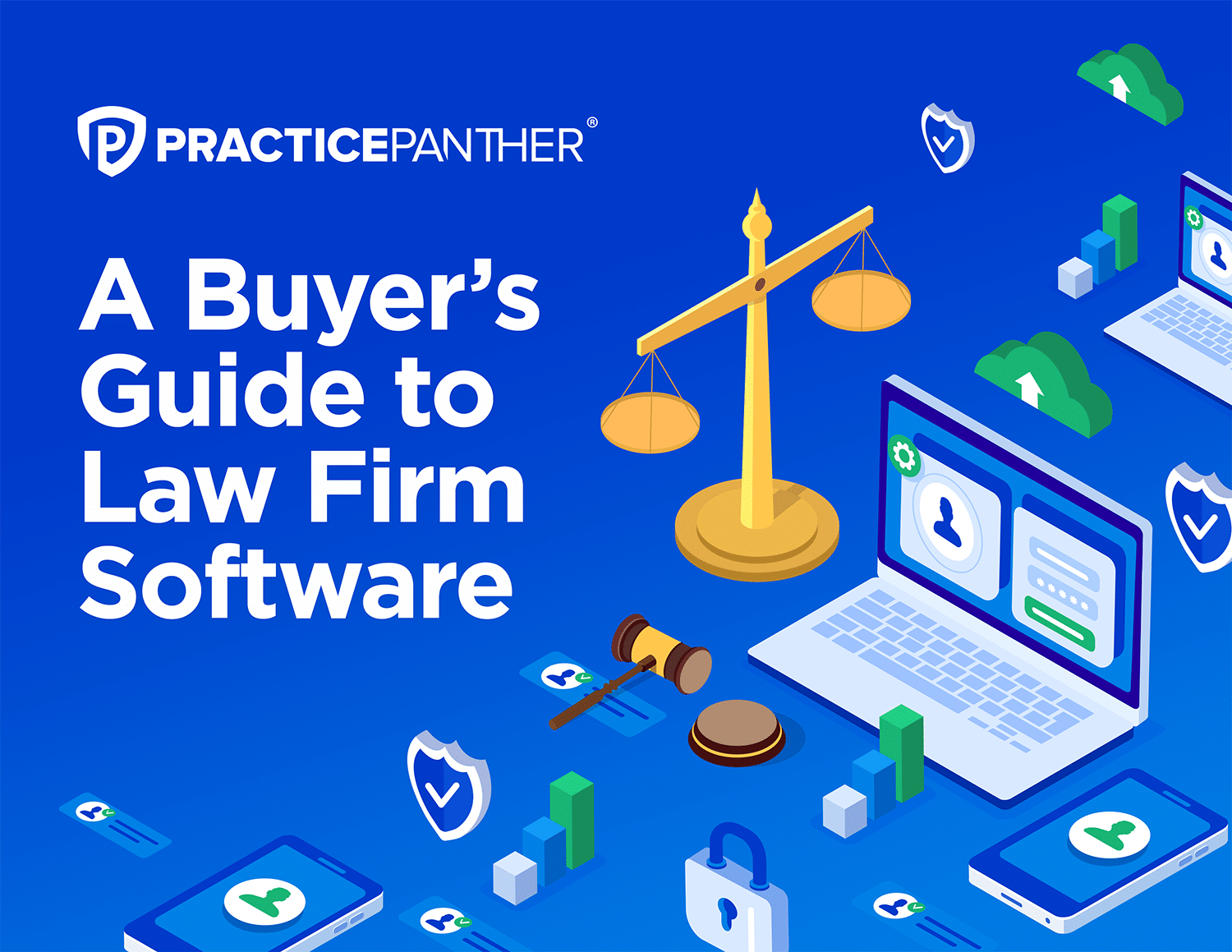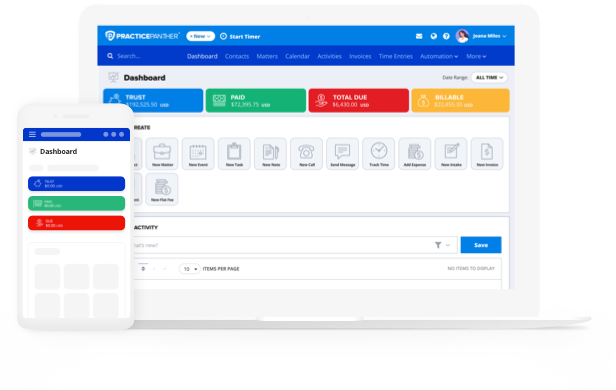Law firm economics can be confusing for new and seasoned lawyers. Mostly because it’s not commonly taught in law school nor is it black and white to understand. But how do you measure profitability for a boutique law firm? There are no goods to sell, only time and knowledge. For this reason, there aren’t the usual expenses that go into making goods that you need to deduct.
However, your boutique law firm is still a business. Treating it as a business means being able to truly gather and use solid metrics. Instead of focusing on the cost to produce something, examine the cost of performing the work. It is also important to gather data on the profitability of individual clients.
What is a Boutique Law Firm?
While the definition varies, a boutique law firm is considered a small- or -mid-size law firm with under 100 staff including lawyers, administrative assistants, paralegals, or law clerks. There is some debate about what size qualifies as a boutique law firm with some firms having hundreds of staff.
With an often nimble staff, most boutique law firms will have one area of practice or specialization. The major benefit of a boutique law firm is that its staff are experts in their practice and can provide a more hands-on approach when it comes to servicing clients.

The Margins for a Boutique Law Firm
There are many ways that you could arrange your business financials. One method that more law firms are moving towards is looking at margins. There are two levels of profit margins that should be reflected on your income statement: the operating profit margin and the net profit margin.
The operating profit reflects fees collected minus overhead, operating, and administrative costs. This profitability figure is what is left over from fees collected after subtracting the cost of operating the firm.
Net income is everything that was accounted for in the operating profit in addition to taxes, debt payments, and one-time expenses or payments.
The calculations for the margins are as follows:
Operating profit margin = (operating profit ÷ fees collected) x 100 = %
Net profit margin = (net profit ÷ fees collected) x 100 = %
In addition to focusing on margins, you need to look at the profitability of clients. If you’ve been in law for even a short number of years, you know that there are clients who exact a significant toll in terms of your time, treasure, and peaceful slumber. These clients need to be cut loose in the nicest way possible.
Billable Hours
Understand which billing type your firm will prefer. Whether it’s fixed fees, blended rates, contingency, or success fees, it’s vital you restrain from switching between billing types. Also, be judicious when handing out discounts. Know your worth and stick to it, even though some clients are quite loud about not paying the billed amount.
Boutique Law Firm Analytics
Law firms gather a large trove of data. It behooves you to take a close look at this business intelligence (BI) when making important decisions. BI should be used to calculate predictive pricing and staffing and otherwise improve operations. Review the firm’s BI regularly so you can keep a close eye on the firm’s financial health.
Utilizing legal billing software with custom reporting can help automate the data collection and analysis process for your law firm. PracticePanther offers features like custom tags, that can be added across the legal case management software to track client data, revenue, and even law firm marketing metrics.
Understanding how the firm makes and spends its money is essential when evaluating the firm’s cash flow and its risk factors. For example, the American Academy of Estate Planning Attorneys has a useful set of benchmarks that they use to analyze a law firm’s profitability.
Revenue Per Employee On Payroll
Calculate this benchmark by dividing gross revenue by the total number of employees. The magic number is typically $130,000. Your boutique firm should not fall below this number. If so, your firm is not being efficient, is overstaffed, or has a high turnover rate. If your firm is hitting between $150,000 – $175,000, the fees are great, the systems are functioning well and your firm probably does not have a high turnover rate. Be careful if your firm is hitting above $175,000. This is a warning sign that you have a superstar and the firm can’t afford to put all its eggs in one basket – your superstar may decide to leave the firm, so have a plan in place in case this happens.
Revenue Per Attorney
This is the gross revenue divided by the number of attorneys on staff. The attorneys in firms hitting this number are doing legal work as set by law or are out generating more income.
If you hit this benchmark, your attorneys are able to work effectively. If your firm is falling below this mark, your lawyers are too busy doing non-lawyer work. Delegate as much non-lawyer work to staff and paralegals.
Salaries Across Staff
As the owner, you should be paying yourself 40 percent of gross revenue. If you are paying yourself below this percentage, try to understand why. Are there other expenses in your boutique law firm that are too high?
Staff and non-equity attorneys should be getting between 25 to 30 percent of gross revenue. The American Academy of Estate Planning Attorneys (AAEPA) believes that if you are intentionally paying your staff a bit higher than the going rate, it could be a good thing. You are rewarding your loyal staff for going the extra mile. If your staff isn’t loyal or just simply chugging along, then you should examine the way you are running your office and make necessary changes.

Law Firm Marketing
Law firm marketing should cost you between eight to 10 percent of your gross revenue. In addition to traditional forms of marketing (online ads, billboards, social media, etc.), entertaining prospective clients or otherwise spending money to acquire a client goes under the marketing budget.
Diversify your marketing budget into both entertaining and other traditional means of marketing.
The AAEPA recommends that you review your marketing budget on a case-by-case basis. For instance, instead of basing the number on a person or company, the AAEPA analyzes how many cases each person or company is bringing to the table. For example, a person may need a will, a couple of trusts, and tax work done. That would count as four cases.
Divide the firm’s marketing expenses by the number of cases worked. If this number is more than $250, reevaluate your cost per client acquisition.
Develop a solid law firm marketing plan that you can follow throughout the year. What are you currently doing? Break down your marketing efforts into categories and determine which are working, which aren’t, and arrange your budget based on what channels produce the most return on investment.
Rent and Building Costs
Finally, the AAEPA analyzes rent. If you own your building, you may want to consult with your accountant about how best to arrange the building and the firm’s relationship with the building owner.
If you’re renting, only six to seven percent should go to this expense. According to the AAEPA, break down the total number of square feet per employee. The AAEPA finds that between 250 – 350 square feet per employee are the optimal amount of space. Of course, this doesn’t account for high-rent areas. If you find you are renting more than this amount, consider subletting to a like-minded professional in your overall industry or transitioning to a virtual law firm.
Outlook on Boutique Law Firms
More clients have moved towards hiring boutique law firms as opposed to big law firms or general practice firms. This means the market has opened to the need for a solo or small-to-midsized firms, that can offer more personalized services. It’s also easier than ever to start your own practice with the transition to the virtual law firm and the need for digital solutions. Law practice management software has been instrumental in providing lawyers with the capability to work from anywhere.
With these tips along with careful planning and treating your boutique firm as a strong business, you can reap the rewards of this growing trend.
Editor’s Note: This blog was originally published in July 2018. Last updated: December 2022.





